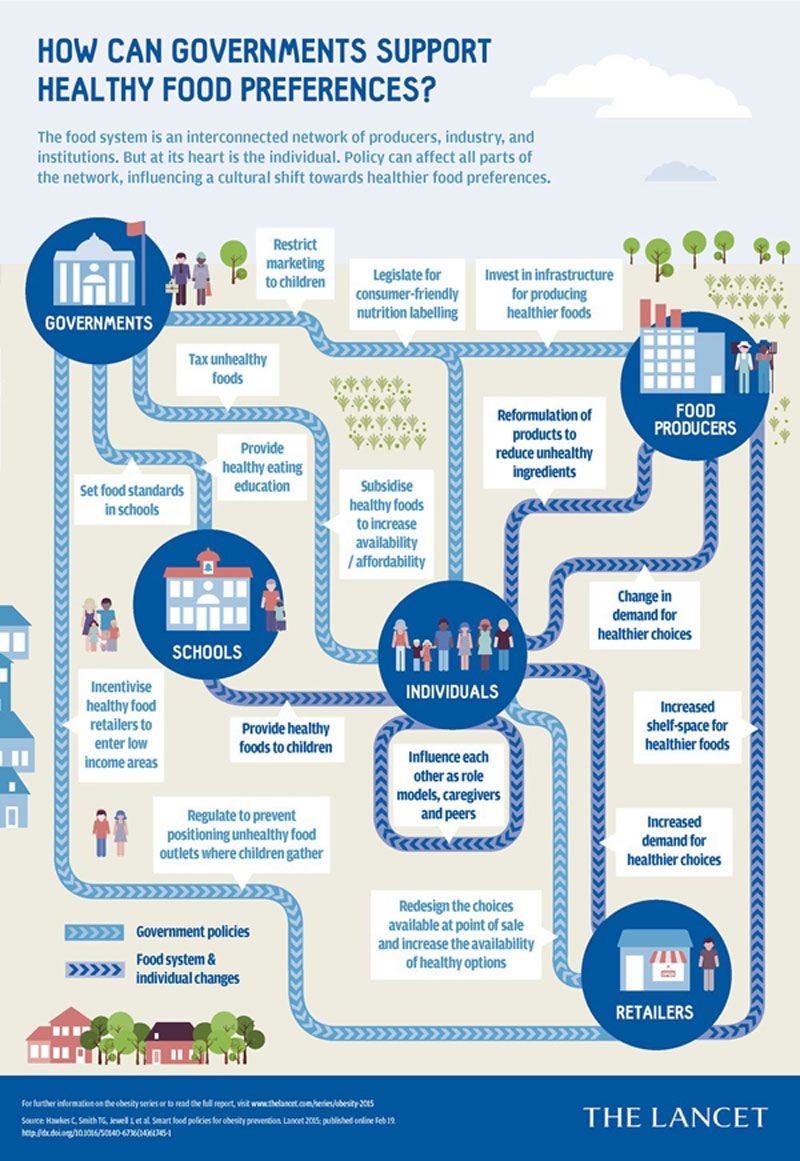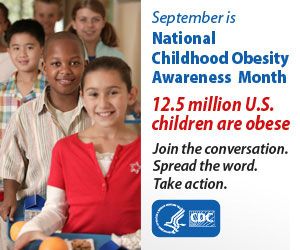Food, Health, and Decisions Series Part 2: Obesity Is a Systemic Failure
Obesity and Cancer Disparities
In today’s article, we will take a step further and explore what else matters when it comes to the prevention of obesity and therefore risk reduction of cancer. What can we know better to do better to design relevant and effective programs at Zero Breast Cancer (ZBC)?
What Should Be Shamed and Blamed for Obesity?
While plenty of research is available to support behavior change at an individual level is one of the most effective public health communication strategies, it also remains the most challenging to implement. Thus, the obesity prevention programs focusing on individual behavior are failing not just in America but throughout the world.
Regardless, the failure of obesity prevention amidst the culture of self-reliance in the developed world is often inappropriately justified by shifting the shame and blame on to an individual for making poor diet choices.
And yet, the larger question remains, is it the responsibility of an individual per se to maintain a healthy lifestyle? Or are there larger-complex forces at play that makes it harder to adopt and adapt to a healthy lifestyle?
The Healthy Eating, Active Living (HEAL) Approach
In an attempt to find answers, I reviewed the best practices published in the Stanford Social Innovation Review, Summer 2019 edition on Healthy Eating, Active Living (HEAL). I believe such internal knowledge transfer from experts can be instrumental in shaping what we will do and how we will reach out to vulnerable target groups in the future.
Another great resource is the six-part series (2015) published by Christina Roberto of Harvard T.H. Chan School of Public Health in The Lancet which demands newer ways of thinking. She recommends addressing obesity via an interconnected web of institutions and systems that affects individual food choices at multiple levels. Much from her series will be highlighted in the next blog post.
What’s the Role and Reality of Built Environment in Obesity Prevention?
As an immigrant and a person of color myself, the emotional part of my brain fully recognizes how food is an integral part of self-identity and will remain a very personal choice no matter how much you try to promote healthy living through altering the diet. Overconsumption of energy-dense food high in calories holds true especially in times of stress. Research has proven time and again how chronic stress stemming from acculturation, unstable housing, social belongingness, racial, ethnic and socio-economic gap contributes to bad dietary choices.
But then, the logical part says, isn’t obesity related to the zip code. How about those factors that are beyond an individual’s reasoning but are equally important to maintain health? To some extent the answer lies in understanding the concept of the built environment around vulnerable neighborhoods and those who have the best health indicators. The built environment is defined as the human made physical construct in which communities live. Research tells us that the built environment has the potential to determine health of its residents, directly or indirectly. For example, access to free and safe avenues for physical activity, ease of buying healthy food within stretched budgets in the neighborhood and walkability to the green spaces, are all part of a built environment.
Check out the infographic below to learn more about ways policy could support a healthy food system.
HEAL Best Practices: Systems Level
The American Planning Association (APA) legislative priorities clearly demand investment in infrastructure and promotion of healthy and safe communities. However, on-ground implementation in under-resourced communities is often dismal. From disparities research, we know racial and ethnic minorities don’t live within the recommended 10 minutes’ walk from a park.
I have selected the following recommendations that align with the risk reduction messaging of ZBC:
- Early Intervention and Education: Healthy Eating Research (HER) at Duke University emphasizes the importance of early interventions to promote healthier micro-environments for caregivers and families through education. At the policy level, it means having partnerships with Special Supplemental Nutrition Program (SNAP) for Women, Infants, and Children (WIC) and childcare settings such as federally funded Child and Adult Care Food Program (CACFP).
- Investment in Built Environment: The Physical Activity Research Center (PARC) suggest transportation, land use, urban design, and community settings can help give equal physical activity opportunities to youth. At ZBC, we annually organize the Dipsea Hike as a low-cost community engagement intervention aimed to promote physical activity.
Next month too, we will continue to discuss best practices in HEAL and how we can translate those learnings in ZBC’s program strategy. Till then, happy eating and intercting with nature. Happy is healthy and being in nature is being active. And please don’t forget to register for our 17th Annual Dipsea Hike on Sep 28th, 2019.
---
PS: In the previous blog post we discussed how challenging it is at an individual level to navigate the food system in the United States and where you can find online learning resources to build necessary skills for healthy meal planning. What do you think? Is mere availability of digital information 24x7 on a healthy diet on the internet or free self-learning mobile apps enough to bring the desired change in these communities?
Written by
Shweta Chooramani, MPH
Program Advisor, Zero Breast Cancer



